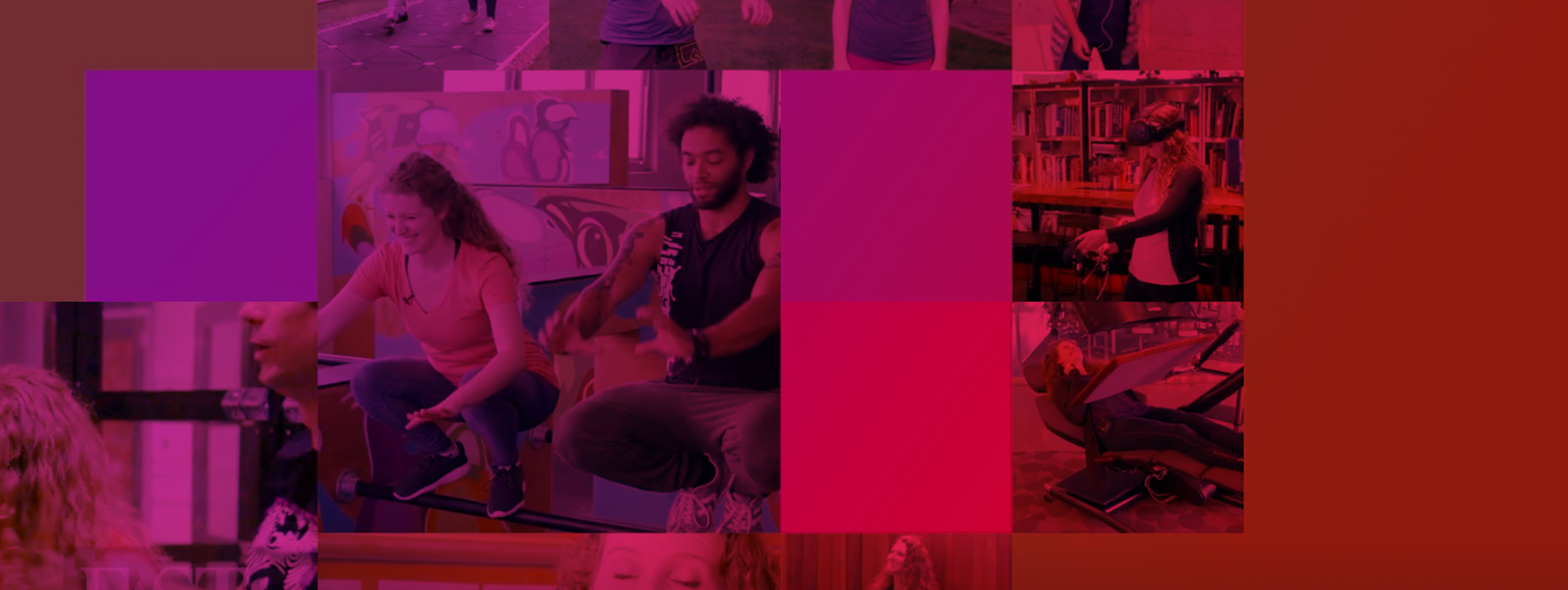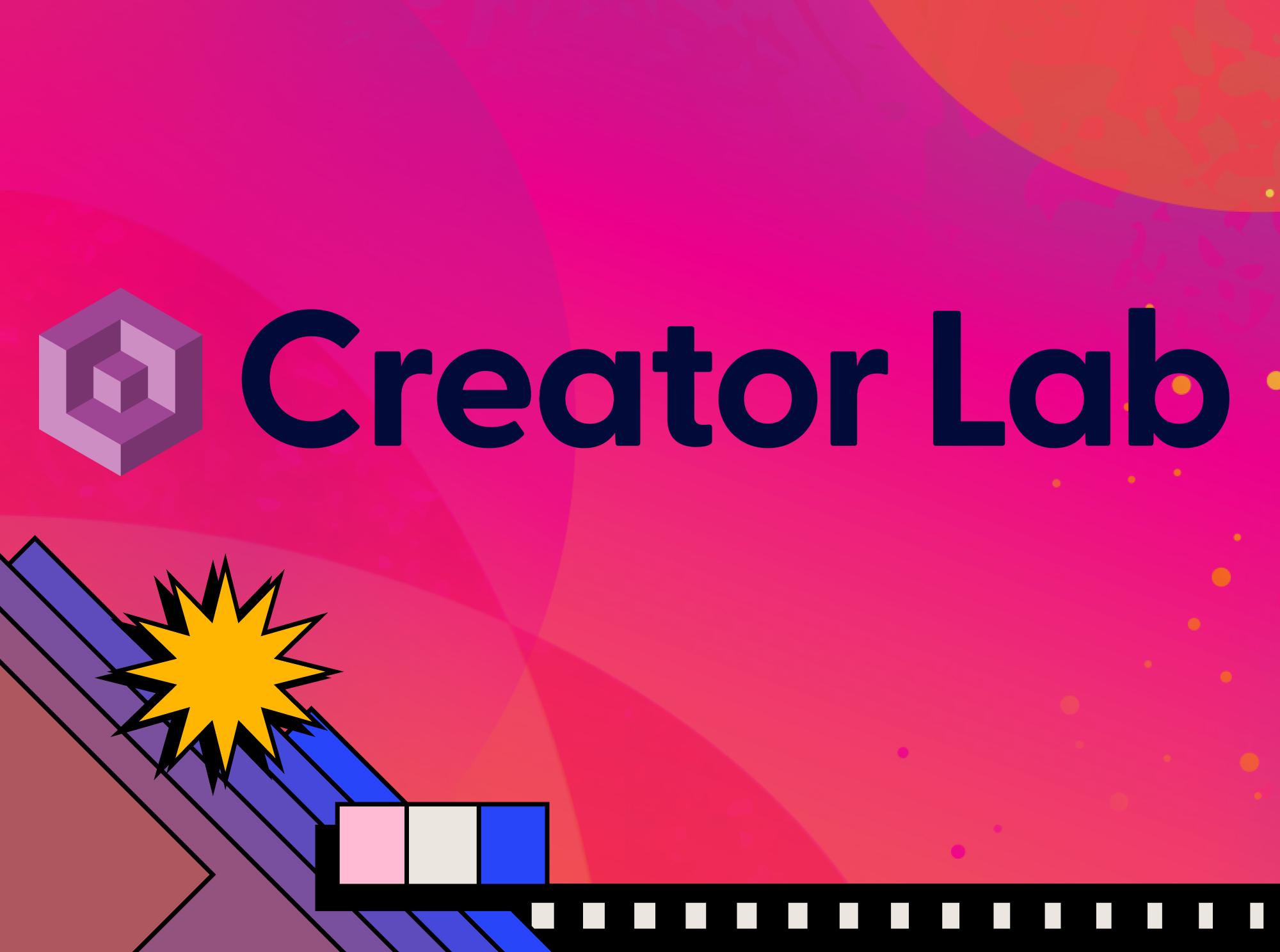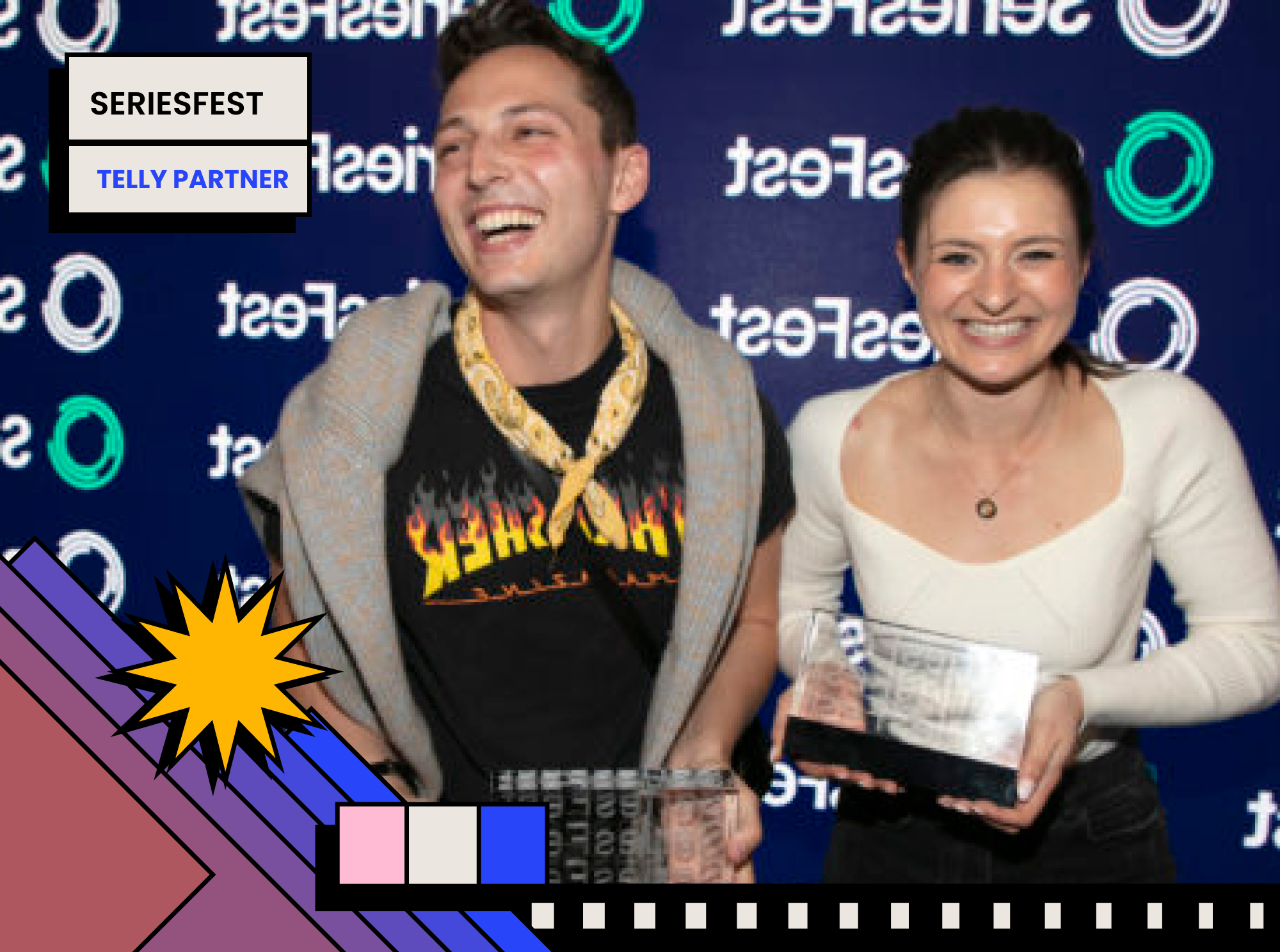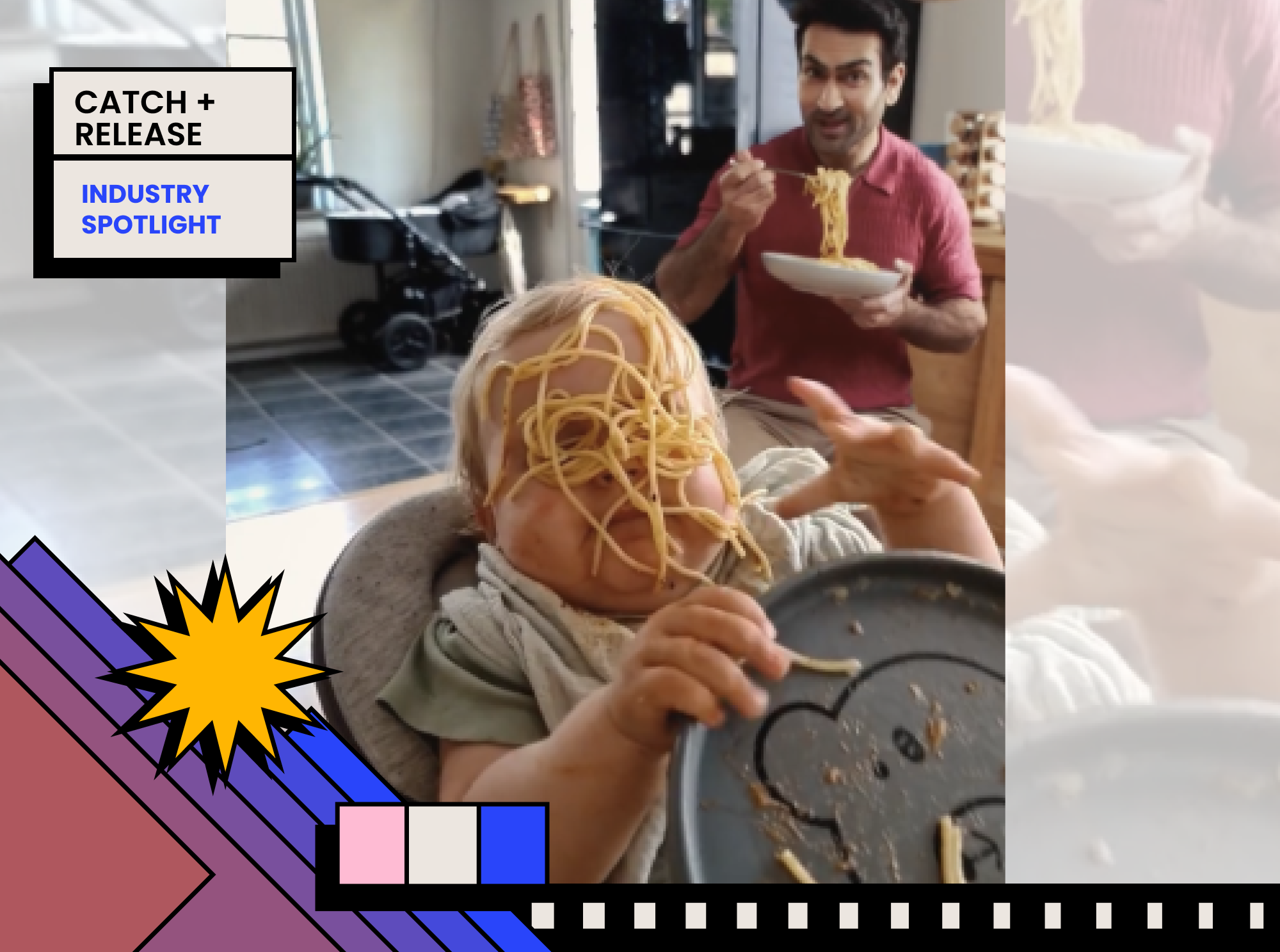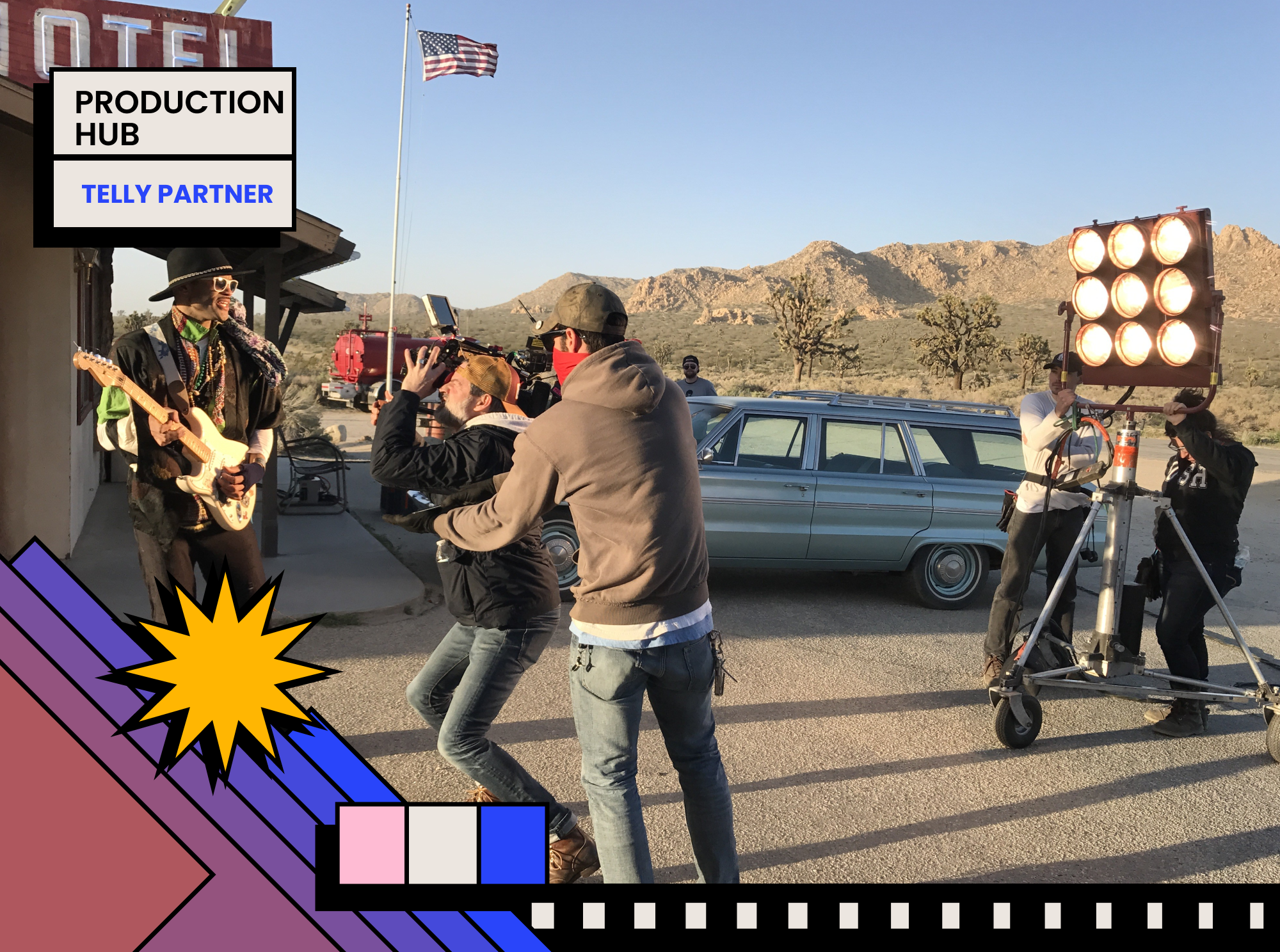For the latest edition of our In Focus series, we sat down with Chris Allen – the Director of Social Video at Fast Company + Inc to talk about the rise of video for social platforms, his career evolution from large format reality television to social and how to stand out in a crowded market.
Over the past year, you have greatly scaled the video output for Fast Company. As a publisher making big inroads into video, what is the largest lesson you’ve gleaned over the last 12 months?
Over time, we’ve expanded the type of stories we want to tell and how to best tell them, while incorporating Fast Company’s brand voice and its focus, which is “the future of progressive business and innovation.” An important thing we’ve learned is that we don’t have to be singular in the way we tell stories. Part of the excitement of creating digital content is the opportunity for experimentation. We have the chance to truly be creative, as well as try different styles and approaches; some of them have really worked while others have not.
With each success and failure you learn something new, whether that’s about your audience, the ever-changing digital landscape, or the brand itself. Sometimes something you put your heart and soul into doesn’t do as well as you’d hoped while another unassuming piece takes off, and people connect with it. You have to be cognizant of what’s working for the brand while also not being afraid of experimentation— some of the most successful ideas come out of it. I believe great storytelling and a strong editorial voice will always make a brand stand out and truly connect with an audience.
Your career has taken you from large reality TV formats, such as “The X Factor” in the UK, to now overseeing social video strategy in the US. Tell us about this transition, and what crossover you have you seen in terms of the skills that are needed.
I was working in reality TV for about 10 years before making the decision to fully transition into digital, and the shift was actually not as smooth as I thought it would be. Although TV is adapting to the new ways it’s being consumed, it’s a rigid medium in that many of the shows I worked on are heavily formatted and left little room for creativity.
Moving into digital video content was almost overwhelming because the industry is so oversaturated, and there’s an abundance of great content that can be intimidating. Asking the question, “how are we going to stand out?” is daunting if you think about it too much. However, trying to answer that question allows us to be truly creative and original in the way we think about video content. We’re not tied to strict formats, and the industry is constantly adapting and changing, which means we have to do the same. You’re never doing the same thing for too long, which is both challenging and exciting.
I feel like I have the opportunity to truly think beyond what we’re doing right now, to think about how digital video is evolving and how we can evolve with it.
You’re overseeing Fast Company and Inc’s social video strategy—what is the current strategy for both brands across platforms, and how does it interplay with your editorial team’s focus?
Overseeing the social video strategy for both brands has been another exciting challenge. Not only do I have to think about two brands and their unique voices, I also have to think about how we can reach new audiences that may not be aware of these brands. They both look at the world through different lenses: Inc embodies entrepreneurial grit, while Fast Company embodies world-changing ideas. There are so many incredibly diverse and interesting stories out there that are waiting to be told, and fit within either brand. My job is to think about how we tell those stories differently, and how we create content that makes a real impact on people.
We want to be informative and entertaining, but we also want people to feel like they’re part of an active community of thought-leaders and game-changers—the best way to build community is through social platforms. As media brands that started in print before moving into digital, we haven’t focused as much on creating content for social platforms as we are now. The industry is constantly changing; we need to diversify in order to continue growing and to foster the community we’re building. We are focusing more on YouTube starting in March or April. That’s been a huge shift in our creative direction and process. The video team works across both brands and is relatively small for the amount of content we create. However, we have some incredibly talented and passionate people.
It’s been great to really take a moment to think about what we should be doing and what direction we should be heading in. That’s given everyone the chance to be creative and be excited about our future content. We’re fully integrated with the editorial team—a number of writers and editors are often featured in videos, which helps strengthen the voices of both brands for video. Ultimately, we want Fast Company and Inc’s video content to translate the brands, rather than just transcribe them.
What piece are you most proud to have worked on?
It’s difficult to choose just one as our content is so diverse. We create experiential videos like the one we did on the company Tentrr, an office-based comedy series that once featured “Sesame Street” muppets, product testing videos, and more. We recently produced a series called “A Better Me,” which focuses on self improvement—and is closest in style to my television background.
My favorite piece might be our video about Ichiran Ramen in Brooklyn. I loved the company’s story, as well as the idea of making public solitary dining more socially acceptable and less anxiety inducing. I enjoy taking an idea that doesn’t seem like it fits within Fast Company or Inc’s wheelhouse, and identifying an angle that no one else has hit that is uniquely us.
The thing I love most about creating digital content is how shareable it is. When working in TV, people may have posted something on social media or discussed an episode the next day, but it’s reactive. With the content we’re creating, someone may watch a video, and share it instantly with a friend or family member. They can take a few minutes to watch it and have a real connection with one another in that moment. People love to discover something new or interesting, and to share it with somebody else; that’s why I’m excited about this next chapter for both brands.

